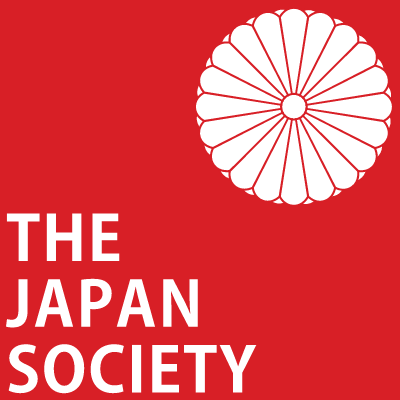A Man of Resolve: Richard Henry Brunton

By Geoff Goolnik
Troubador Publishing Ltd (2025)
ISBN-13: 978-18051448850
Review by Graham J. Ironside
On completion of a reading this biography, one cannot escape from concluding that Richard Henry Brunton (1841-1901) was indeed a man of a resolution displayed across a veritable panorama of settings and contexts – many of which were less than welcoming.
The author traces the many strands of a professional life led by a little publicised 19th century civil engineer spanning a humble beginning in north-east Scotland to Ireland via Japan. Justifiably remembered in some quarters for his Japanese lighthouse developments, Dr Geoff Goolnik’s book concludes with accounts of Brunton’s later life engaged in the emerging mineral-oil enterprises of Central Scotland and associated workers’ educational and social movements locally. His broad career concluded with engagement in theatrical and domestic architecture and decoration. The writing of memoirs and histories drawn from his experience occupied him latterly.
Although the headline appeal of the book may lie in its examination of Brunton’s outstanding Japanese civil engineering practices with over half of its content so located, much rich material remains to be mined elsewhere by the social scientist. Explorations of inter-governmental and inter-departmental relationships, formal and otherwise, help illuminate many trade and diplomatic exchanges of the time.
In human resource management fields too, Brunton’s record stands up to close scrutiny even by modern standards. He was central in the progress of meaningful staff training procedures, regularising their application across a dramatically broad setting. He seemed to move with equal facility across fields of international politics, mercantile exchanges, professional management and social interactions whilst retaining his personal drive and highly individual style as a national Chief Engineer but still an imported foreign expert.
His works’ input extended widely beyond lighthouse construction to encompass the planning and construction of streets, and a heavy duty iron bridge, drainage schemes, reservoirs, water supply and public lighting, much of which centred in Yokohama. Even the emergence of the settlement’s new public park was to bear the mark of Brunton. Further still, harbour planning was to figure in his already bulging portfolio. Early telegraph services owe much his involvement and support as, of course, does the modest initial appearance of the railway.
Brunton returned to Britain in 1876 eventually to secure managerial employment in Bathgate, Scotland, a centre of paraffin-oil production – a chemical not unconnected with his former life. Given his history of engagement in workers’ education and personal development, it is not surprising that he soon became involved in local workers’ institutes and clubs and successfully sought to extend their horizons. This move was not unexpected and provided public exposure to a range of topics on modern technology and current issues.
With the local decline of the mineral-oil industry, Brunton looked for new challenges.
Now followed a period of scientific writing and membership of professional associations as well as his entry into the world of commercial plasterwork in its various guises. The 1890's proved difficult but he successfully morphed into a talented theatre architect of highest standing in Ireland.
Personal and professional reminiscences were penned in a limited range towards the end of his life in April 1901.
The author has signposted an accessible, well-referenced and extensively-illustrated path leading towards the quite unique life of a less publicised 19th century colonial industrialist. The route lies through areas of architecture, commerce, politics, public works, diplomacy and culture before successive backdrops of feudal Japan, Victorian public works, Lowland Scottish industry’s labour relations and commercial architecture and decoration.
Academic sources mentioned are impeccable with immediate references quoted at the bottom of relevant pages, extensive appendices and well-captured illustrations. The text prose is welcoming to the general reader whilst informative to the scholar whether historian or social researcher. The author has clearly achieved a fine balance between his study of a former Japanese bureaucratic context and an uncomplicated biography beyond mere deference to the appeal of a modern Japonism.
As told, Brunton’s story is both entertaining and scholarly. The man was ambitious and clearly driven as he navigated the currents of modernism and traditionalism in widely differing settings. At point blank range, he was instrumental in the opening up of Japan and in its absorption of Western technology and practice in a unique blend of practical engineering and interpersonal relationships.
The reader is exposed to a multi perspective in reading the book as both a telling biography of personal resolution as well as an insightful window to developmental studies.
The final chapter successfully closes the piece in a deeply meaningful appraisal of a life lived to its measure and beyond. The author suggests its significance lies in the surmounting of a unique range of challenges raised in that time. These are not necessarily grounded in that period but can be transposed easily and surely recognisable today. More than an agent of change, Brunton may be portrayed as a genuine professional in his avowed belief in competence and skill in all undertakings but still displaying a touching humanity.

